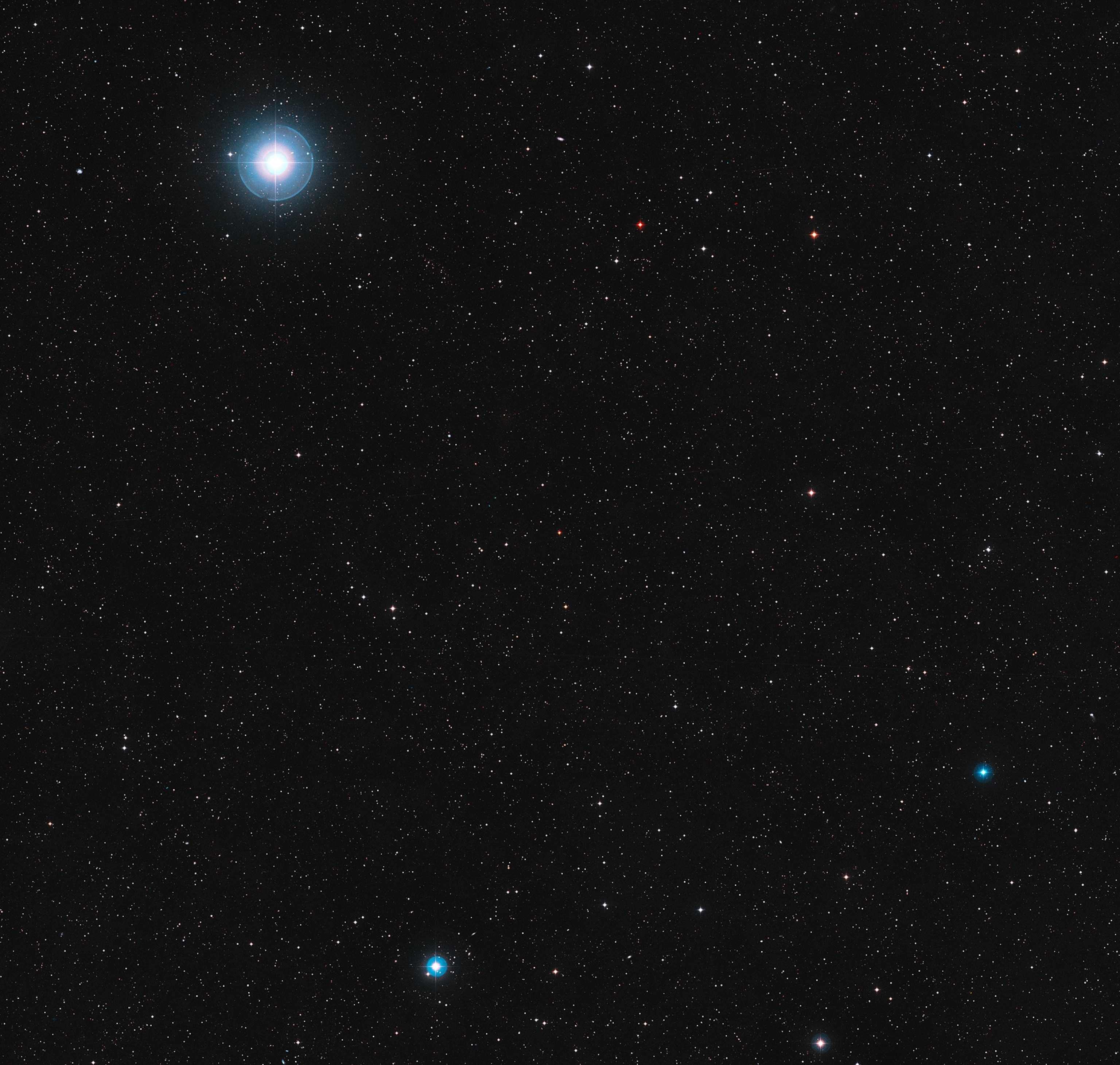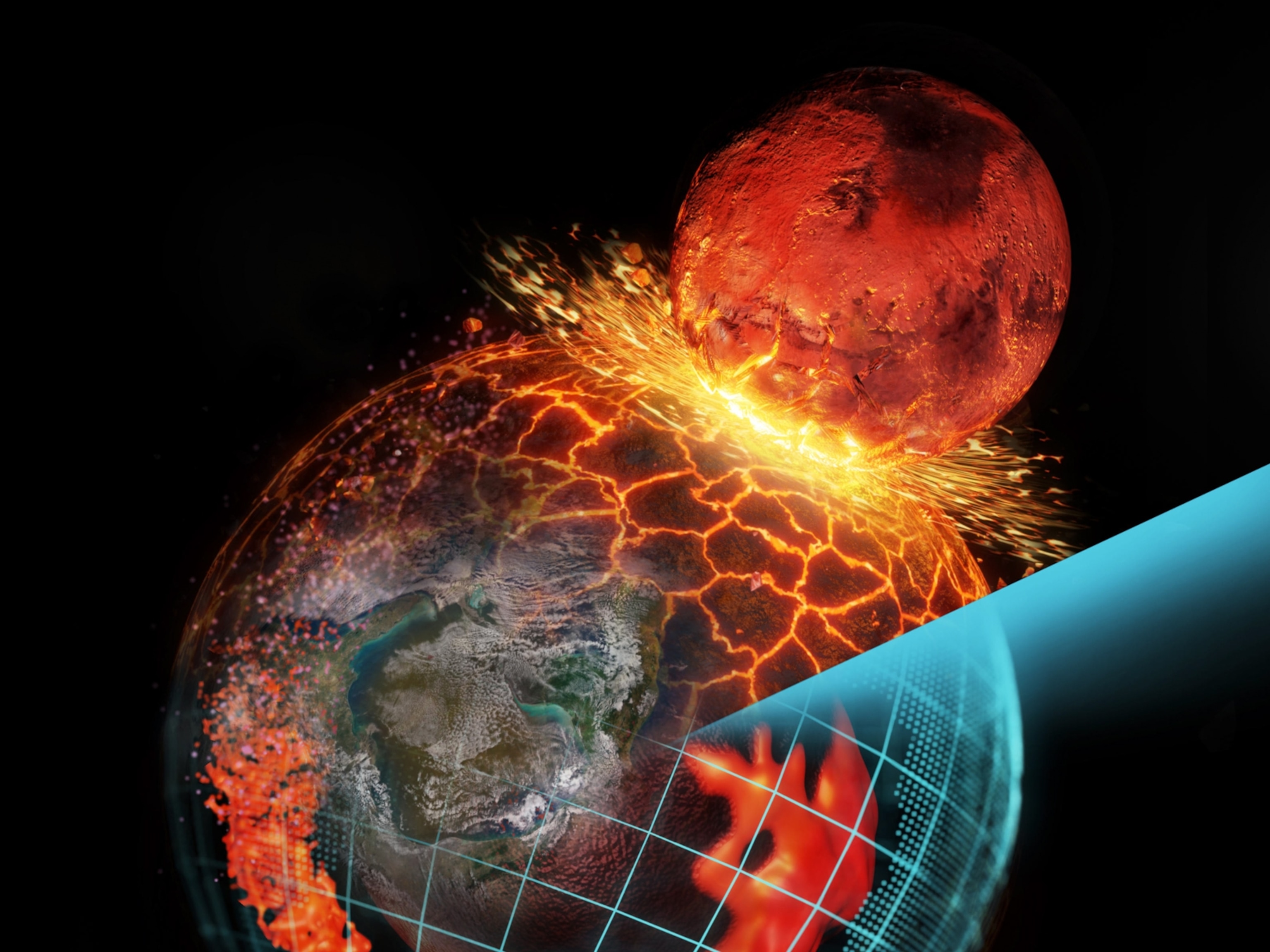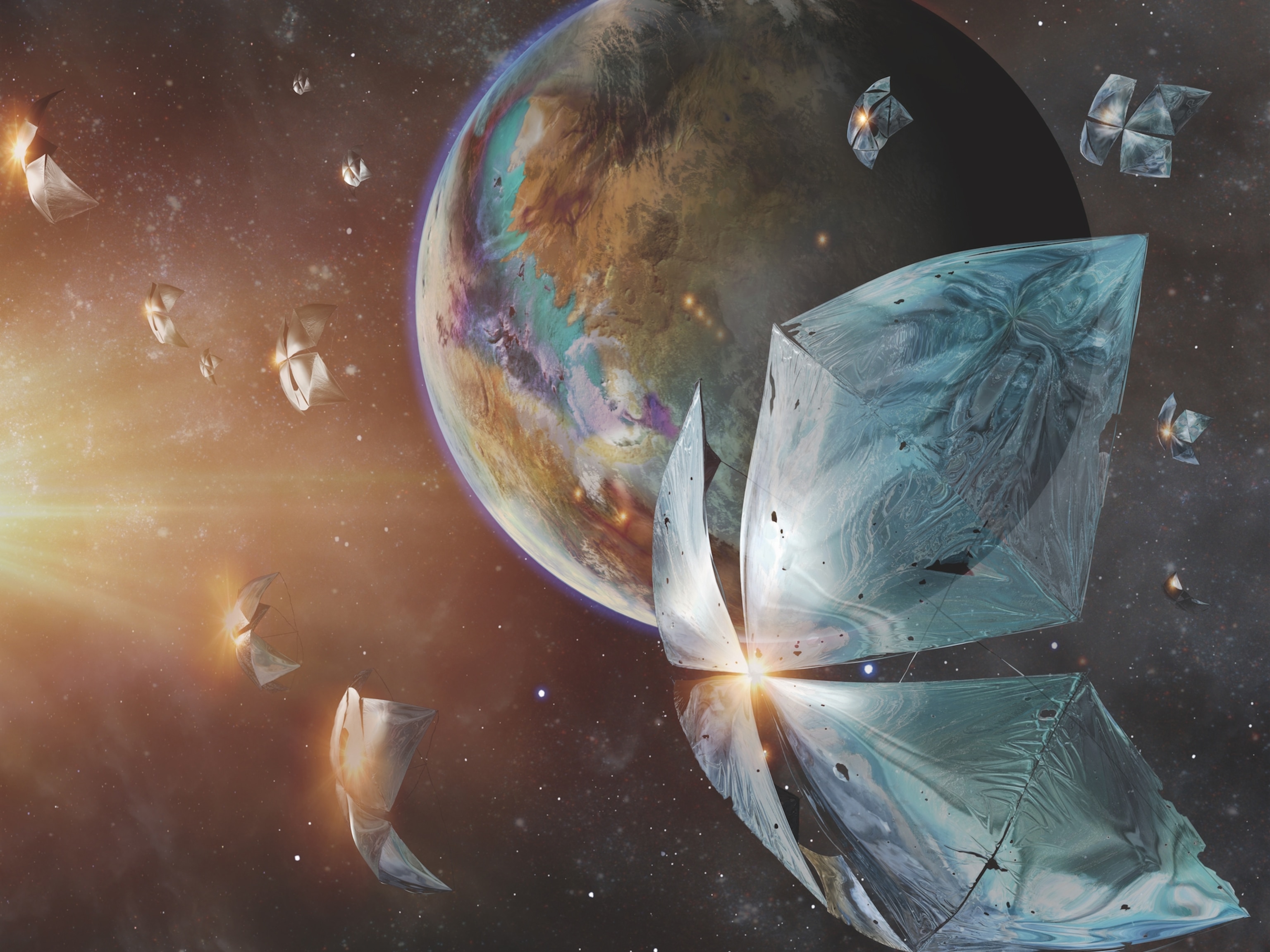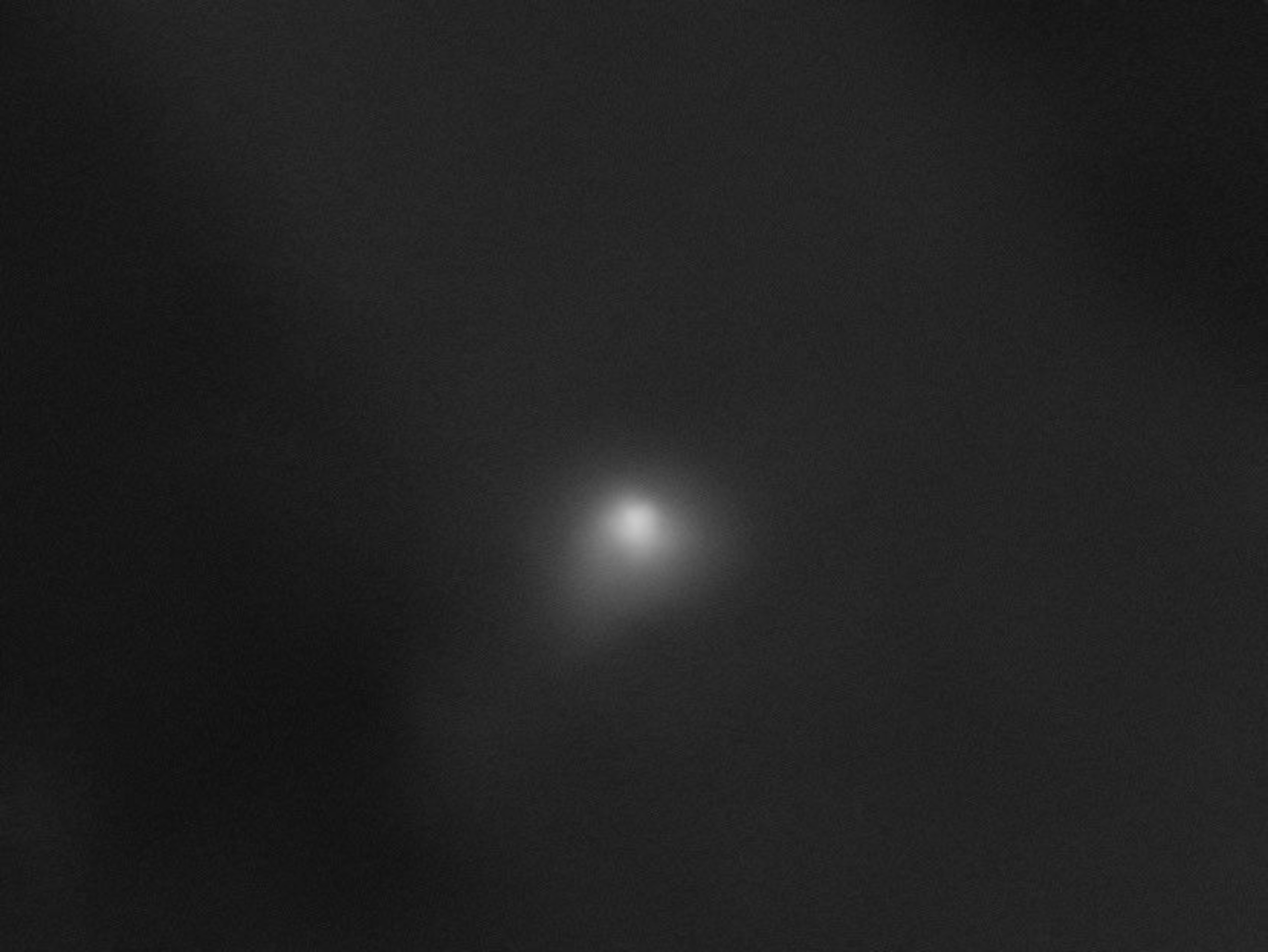
New Earth-Size Planet Found Around Nearby Star
The potentially habitable world is called Ross 128b, and it sits just 11 light-years away.
There’s a new Earth-size planet on the block, and it’s the closest potentially habitable world that orbits a “quiet” life-friendly star.
Discovered just 11 light-years away, Ross 128b circles a small, dim star called a red dwarf. Red dwarfs are everywhere, making up about 70 percent of all stars in the galaxy; most of the stars in our immediate neighborhood are red dwarfs.
Based on the rate of planetary discovery over the past several years, astronomers estimate that one out of every three red dwarfs will have at least one planet in its orbital embrace. (This one red dwarf hosts a whopping seven Earth-size planets.)
Technically, the closest Earth-size planet to us is Proxima b, which circles the red dwarf called Proxima Centauri just 4.25 light-years away. (Find out about a proposed mission to send robotic probes to Proxima b.)
But there’s a catch: Younger, faster-spinning stars of this type regularly punish any nearby planets with powerful stellar flares. At about five billion years old, Proxima Centauri probably still roasts its planet with sudden blazes of violent, sterilizing radiation.
By contrast, the host star of Ross 128b is a more mature seven billion years old, and its rotation has slowed considerably. That means its planet has a better shot at being hospitable to anything potentially living on the surface.
Fire and Fury
Astronomers found Ross 128b using the High Accuracy Radial velocity Planet Searcher (HARPS) instrument at the European Southern Observatory’s La Silla site in Chile. This instrument allows scientists to examine starlight and tease out the subtle gravitational effects of an orbiting planet.
After 12 years of scrutinizing patterns of the star’s brightness and movement, the team announced today that they had discerned a faint but consistent wobble in its rotation. This wobble is from a planet about 30 percent larger than Earth that is tugging the star slightly off center, the team reports today in a paper slated to appear in the journal Astronomy & Astrophysics.

“There wasn’t a ‘eureka’ moment here where we were able to suddenly say, wow, we have a planet,” says study leader Xavier Bonfils, of the Université Grenoble Alps. “We accumulated data over many years, and only gradually the signal built up and became significant.”
Though it’s 20 times closer to its star than Earth is to our sun, Ross 128b orbits at just the right distance from its dim parent that it could host an intact atmosphere and liquid water, depending on its atmospheric conditions.
“Some [computer] models say the planet is close enough that it could have lost its atmosphere. Other models say the planet would have built up clouds that reflect radiation and prevent the planet from overheating, so water could remain liquid on the planet’s surface,” Bonfils says.
“We definitely need more data before we can say anything conclusive.” (Indeed, many of the known Earth-size planets are probably nothing like Earth.)
Even in the cloudy case, does that mean anything might be alive on Ross 128b? Calling its host star “quiet” is true—but perhaps a bit misleading, says Ed Guinan, a Villanova University astronomer who has studied the Proxima Centauri system.
Earlier in its life, Ross 128b’s star could have been just as active as Proxima Centauri is now, blasting its planet into sterility billions of years ago.
“When it was a billion years old, it was on fire, and that’s a critical time for planets,” Guinan says. “They had to endure x-rays and winds that were hundreds of thousands of times stronger than now. You have to be near them to be warm enough to have water, but then you get zapped by flares and winds that those stars have when they’re young. It’s the case for all red dwarfs—they’re not the best hosts.”
Astronomers cannot observe Ross 128b transiting, or crossing in front of, its parent star, which is the best way we currently have for taking a peek at a planet’s atmospheric composition. (Here’s how astronomers are using the Hubble Space Telescope to examine exoplanetary atmospheres.)
Still, Bonfils and his team are optimistic that the sheer number of red dwarfs out there will prove significant. They are now aiming to discover and characterize any planets around every red dwarf within 16 light-years of Earth.
And the next generation of gigantic telescopes, like the Extremely Large Telescope or Giant Magellan Telescope, will make it possible to image these planets directly and scope out the compositions of any atmospheres they may have.





